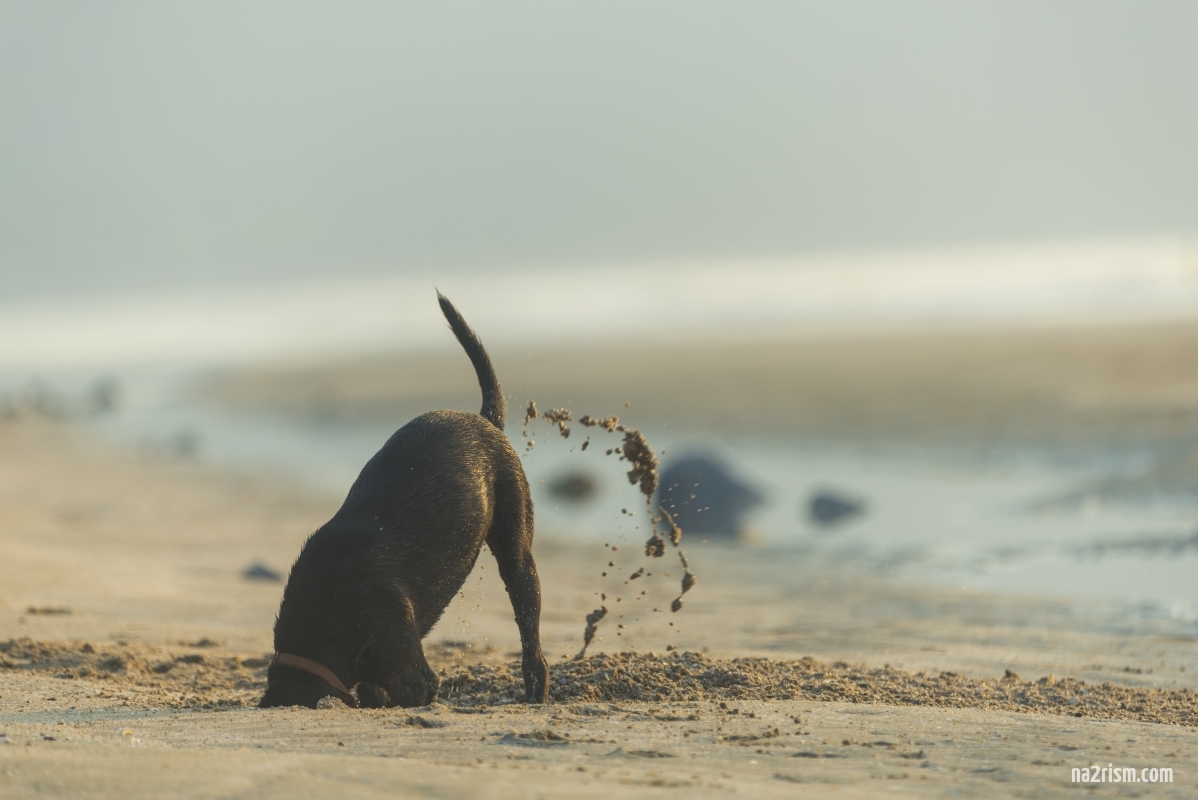Visiting a naturist beach with a large dog requires careful preparation and adherence to specific guidelines to ensure a pleasant and respectful experience for everyone involved, including other beachgoers, the local wildlife, and the environment. Here’s how to navigate this unique adventure.
Research and Choose the Right Beach: Begin by verifying that your chosen naturist beach permits dogs. Not all beaches are dog-friendly, and those that are may have restrictions based on size, breed, or designated dog areas. It’s essential to consult the beach’s official website or contact local authorities for the most accurate and up-to-date information. Consider the beach’s accessibility for a large dog, including factors like parking distance and the ease of navigating terrain.
Prepare Your Dog: Ensure your dog is healthy, up-to-date with vaccinations, and well-socialized. Dogs visiting naturist beaches should respond reliably to basic commands to ensure they can be controlled in various situations. Don’t forget to apply a vet-recommended flea and tick preventative to protect both your dog and the local wildlife.
Pack Essentials: Even if the beach allows dogs to roam off-leash, bringing a leash and harness is crucial for moments when control is necessary. Adequate water, a collapsible bowl, and waste bags are must-haves to keep your dog hydrated and the beach clean. A basic pet first aid kit can address minor injuries, while dog-friendly sunscreen and a sun tent can protect your dog from the sun.
At the Beach: Opting for a quieter time for your visit can help your dog adjust without the stress of crowds. Continuous supervision is necessary to ensure your dog’s safety and that they’re not disturbing others or the natural habitat. Even though it’s a naturist beach, respecting others’ space is crucial, as not everyone may be comfortable around dogs.
Post-Beach Care: After your beach day, rinse off your dog to remove saltwater and sand, which can cause skin irritation and discomfort. Even with preventative treatments, it’s wise to check your dog for ticks, especially after visiting areas with long grass.
Know When to Leave: Large dogs, particularly those with thick fur, are susceptible to overheating. Keep an eye out for signs like excessive panting, drooling, or lethargy, and be ready to leave if your dog seems uncomfortable.
Follow Local Regulations: Adhering to the beach’s rules, including those specifically for dogs, is essential. This respect ensures that naturist beaches remain welcoming and safe spaces for everyone, including pets.
By following these guidelines, you and your large dog can enjoy the freedom and natural beauty of naturist beaches in a responsible and respectful manner.

